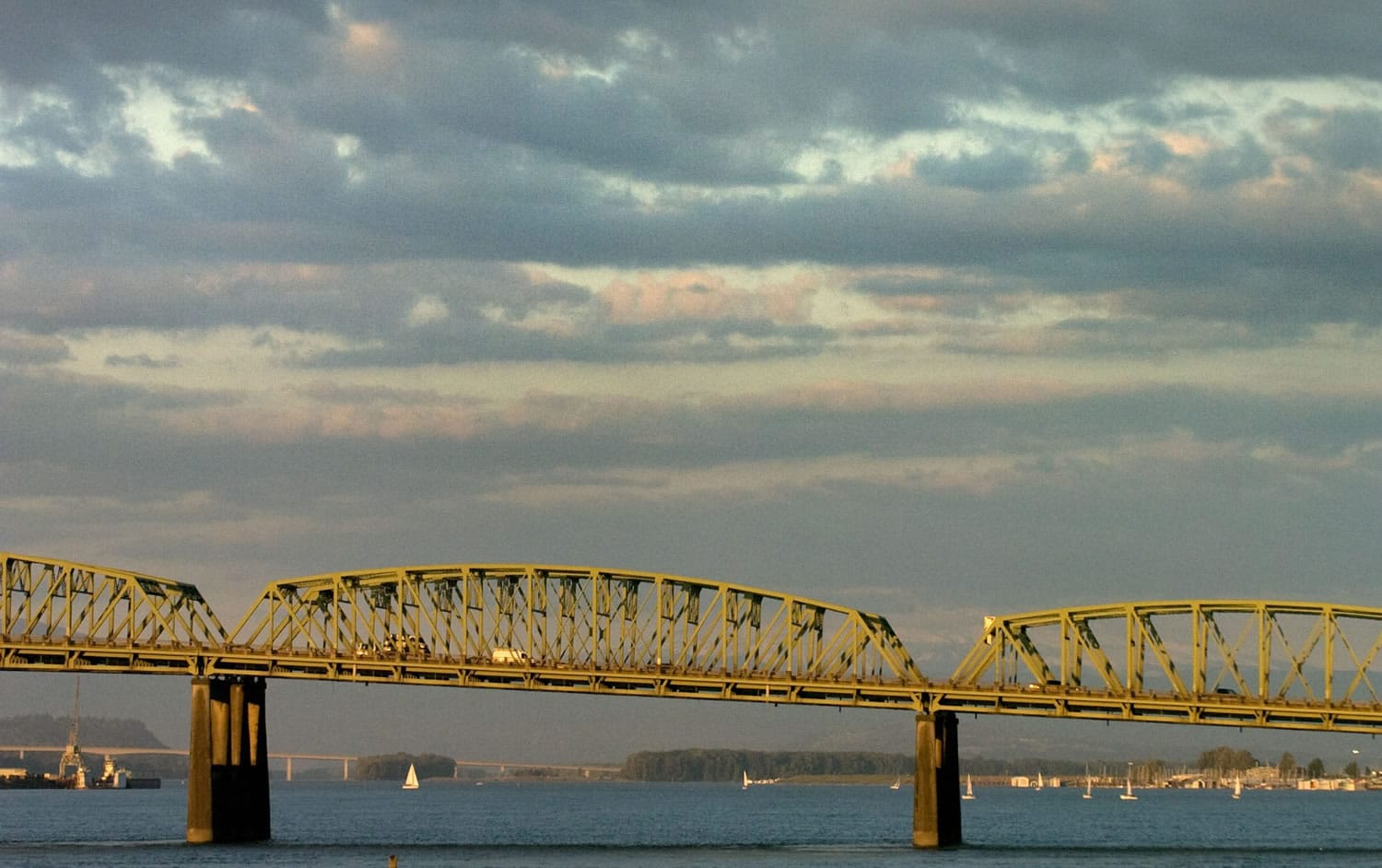New state panel would keep eye on CRC project
Columbia River Crossing officials fired back at the Coast Guard late Monday, saying the agency failed for five years to mention any concerns about the planned 95-foot clearance under the new Interstate 5 bridge being too low.
The Columbian reported on Friday that the Coast Guard –which must give the go-ahead to bridge plans — told the CRC that plans for the $3.2 billion project included a bridge that won’t allow all ships and cargos to fit underneath.
At least seven groups, including Vancouver’s Thompson Metal Fab, have come forward saying their work requires more than 100 feet of clearance, a need the Coast Guard says the CRC should have taken into account and planned for.
On Monday, CRC Director Nancy Boyd emailed several documents to state legislators and others, detailing more than a dozen times since 2004 that the Coast Guard could have provided comments on the project.
Boyd said particularly telling was that the Coast Guard did not say a word during the comment period for the Draft Environmental Impact Statement, released in 2008.
“To summarize, the USCG declined multiple opportunities to document any serious concerns regarding bridge clearance over a period greater than five years,” the memo read. The Washington and Oregon departments of transportation “are extremely concerned about this recent development, since the project has acted on the 95-foot bridge clearance criteria in good faith since 2005 based on early joint discussions, reports, and hearings.”
The Coast Guard isn’t responsible for ensuring that projects study and plan properly, said Randall Overton, bridge administrator for the Coast Guard’s 13th District in Seattle. Rather, the agency reviews those studies and makes the final call, he said.
More than 99.99 percent of the time in bridge projects, “the comments are favorable as far as impacts to navigation,” Overton said. “You don’t get this (issue) when waterway use has been studied properly and taken into consideration during design.”
Also, the project did not provide official documents signed by the Coast Guard that showed they were on board with the height plans.
The CRC’s own documents also show that the project was aware that the Coast Guard would reject a bridge that impedes river travel.
“The Coast Guard, which approves construction or alteration of the bridges, has stated that navigation conditions cannot become worse than existing conditions, if the CRC project designs are to receive permitting,” it wrote in the 2008 Draft Environmental Impact Statement.
Right now, the fully lifted I-5 bridge allows about 179 feet of clearance. The Glenn Jackson has 144 feet of headroom.
Private contractors also told the project in 2004 that 125 feet would “effectively accommodate all existing vessels.” That study, conducted by Parsons Brinckerhoff of Portland, also noted an 80-foot clearance would suit the needs of most users.
Raising the bridge now could cost up to $150 million, potentially impact the air clearance for Pearson Field and Portland International Airport and increase the footprint of onramps at Hayden Island and in downtown Vancouver.
Boyd said last week she doesn’t think the cost or impact will be that high, and that the bridge can likely be raised a few feet to meet most needs, with other issues being settled through mitigation.
Permitting is at a halt, as the CRC performs more river user studies, as demanded by the Coast Guard.
A spokesman for Gov. Chris Gregoire said the project is a complex one involving two states, two governors and different users — and includes the challenge of meeting both Federal Aviation Administration and Coast Guard requirements. Spokesman Cory Curtis said Gregoire’s office was working with both sides to resolve the impasse.
“The concerns that we heard about were a surprise to our office,” Curtis said. “It’s water under the bridge, no pun intended. Our focus is on sitting down and figuring out what works at this point.”
Andrea Damewood: 360-735-4542; http://www.twitter.com/col_cityhall; andrea.damewood@columbian.com.



